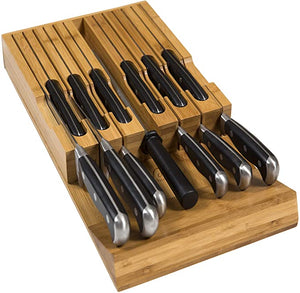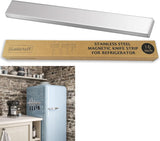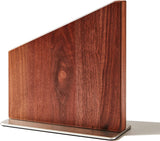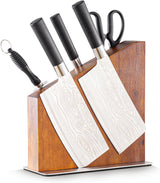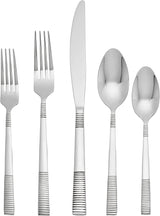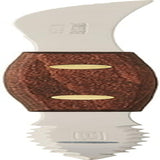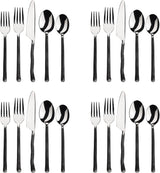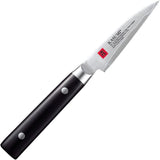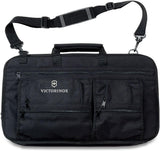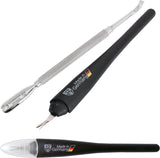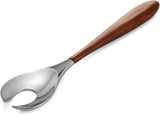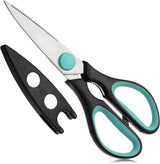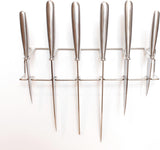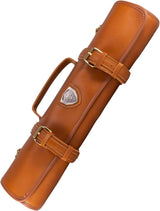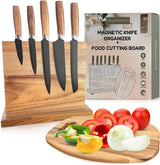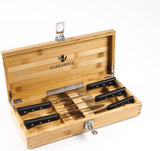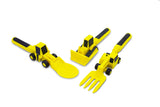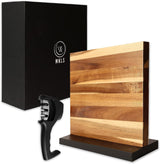For kitchen professionals, understanding how to grind knife blade is crucial. It ensures that knives remain effective and safe tools, ready to tackle any culinary challenge. But what does the process of grinding entail, and how can it be done with precision? This guide aims to unveil the art and science behind it, tailored specifically for those dedicated to culinary excellence.
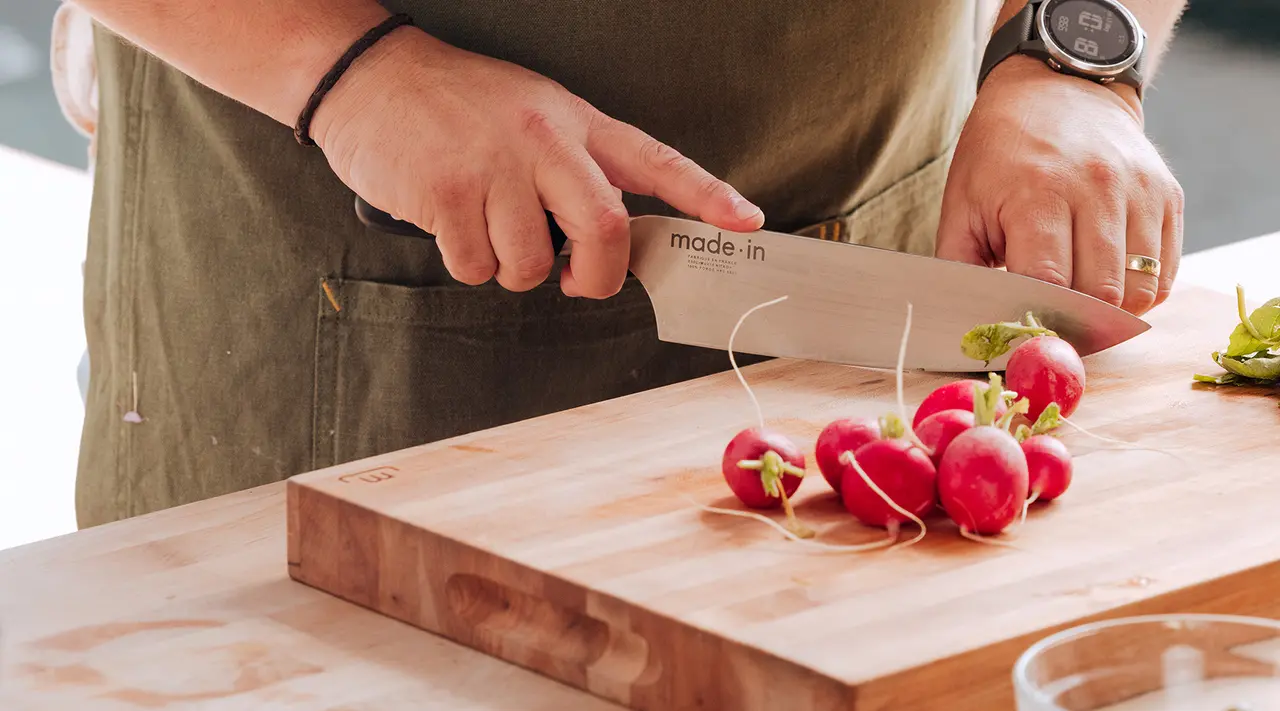
Why Grinding Your Knife Blade Matters
In the professional kitchen, maintaining your tools is as important as knowing how to use them. A sharp knife improves efficiency and safety. Regular grinding of your knife blade can significantly enhance performance and prolong the life of the knife.
By understanding the nuances of blade grinding, kitchen professionals can ensure they are always working with the sharpest and most reliable tools. A well-ground knife slices smoothly, reducing mishaps and ensuring cleaner cuts.
Getting Started: Tools and Safety
To sharpen and grind a knife blade effectively, the right tools are vital. Heres a breakdown:
Essential Grinding Tools
- Grinding Wheel: Choose a wheel with a grit appropriate for your blade's material.
- Bench Grinder: Offers stability and control for even grinding.
- Water Stone: Ideal for finishing and polishing the blade edge.
Begin by ensuring your workspace is set up safely. Wear safety goggles and gloves to protect from stray sparks and slivers.
Preparing the Blade
Start by assessing the condition of your knife. Is it dull or chipped? Identifying the issue helps determine the best grinding approach.
Clean your knife thoroughly before grinding. Removing any dirt and oil ensures a consistent sharpening process.
Step-by-Step Guide to Grinding Knife Blades
1. Initial Grinding
Begin with the grinding wheel to address any chips or dents. Hold the knife at the correct bevel angle (usually between 15-20 for kitchen knives). Gradually pass the blade across the wheel, applying consistent pressure.
2. Sharpening
Switch to a fine grit wheel for sharpening. Again, maintain a steady angle and ensure even grinding across the entire edge.
For more detailed sharpening techniques, professionals might refer to external resources such as this guide on sharpening knives efficiently.
3. Honing and Polishing
Once the desired sharpness is achieved, move to a water stone or honing steel. This step refines and polishes the blade, adding the final touch to the grinding process.
Polishing your knife should not be overlooked. It smoothens any microserrations and enhances cutting performance.
Common Mistakes to Avoid
Even seasoned professionals make errors during grinding. Here are a few pitfalls to avoid:
- Incorrect Angle: A wrong angle can blunt the blade instead of sharpening it.
- Uneven Pressure: This leads to an inconsistent edge which can affect cutting efficiency.
- Neglecting Maintenance: After grinding, regularly maintain the knife to retain its sharpness.
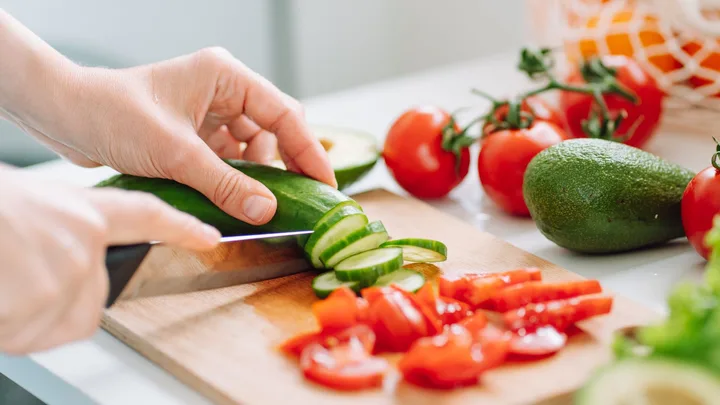
FAQ Section
What is the best angle for grinding kitchen knives?
For most kitchen knives, an angle between 15-20 provides a sharp and durable edge suitable for various tasks.
How often should I grind my kitchen knife?
It depends on usage, but typically, once every couple of months is sufficient for regular kitchen use.
Can I grind a knife blade without professional tools?
Yes, basic tools like a sharpening stone can be used, but for best results and to handle complex tasks, professional equipment is recommended.
For more in-depth discussions on knife maintenance and details on what makes a brand like Henckels or Brodark reputable, explore related resources.
Whether a novice or an expert, mastering knife blade grinding is a valuable skill for any kitchen professional. With the right knowledge and practice, you can ensure your knives remain in top condition, ready to slice and dice with precision.
This article contains affiliate links. We may earn a commission at no extra cost to you.
